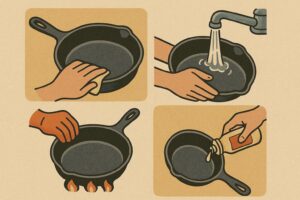What is Democracy?
At its core, democracy is a form of government where power essentially lies in the hands of the people. The term democracy is derived from the Greek words “dēmos,” which means people, and “kratos,” which means rule. Therefore, democracy can be literally translated as the rule of the people. This power can be exercised directly by citizens or indirectly through a system of representation that often involves periodically held free elections.
Key features of a democracy often include freedom of assembly, association, property rights, freedom of religion and speech, citizenship, consent of the governed, voting rights, freedom from unwarranted governmental deprivation of the right to life and liberty, and minority rights. Furthermore, a democracy is typically based on a foundational set of rules and principles known as a constitution, and it usually grants the people inalienable rights and freedoms that cannot be arbitrarily taken away by the government.
What is a Republic?
A republic, on the other hand, is a form of government in which a state is ruled by representatives of the citizen body. This means that sovereignty rests with the people who elect representatives to govern on their behalf. This form of governance, also known as representative or indirect democracy, contrasts with direct democracy where citizens themselves make decisions on policies and laws.
What is a Constitutional Republic?
A constitutional republic is a specific form of a republic where not only are officials elected by citizens, but these representatives are also bound by a constitution in the way they govern. This form of government is designed to prevent the government from becoming a tyrant and to protect against what is known as “the tyranny of the majority” on the rights of citizens.
An example of a constitutional republic is the United States. In the U.S., citizens elect a President and other representatives, who then govern them as the Constitution directs. The constitution in such a republic limits the government’s power, protecting the rights of the minority from being infringed upon by the majority, and generally, individuals can make their own decisions, especially in situations where the Constitution protects their “unalienable rights”.
Democracy vs Republic vs Constitutional Republic: The Differences
While all three forms of government—democracy, republic, and constitutional republic—involve citizens having a say in their governance, there are key differences.
In a pure democracy, the majority holds the power and can make decisions without constitutional constraints. However, this can sometimes lead to the “tyranny of the majority,” where the rights of minority groups can be compromised or overlooked. In contrast, a republic, especially a constitutional republic, places limits on the majority’s power, ensuring the protection of minority rights and certain unalienable rights of individuals. In a constitutional republic, elected officials cannot take away or violate certain rights of the people, as these rights are protected under the constitution.
It’s also important to note that many nations that claim to be democracies actually function more like republics or constitutional republics. This includes the United States, which, while often referred to as a democracy, is more accurately a constitutional republic.








